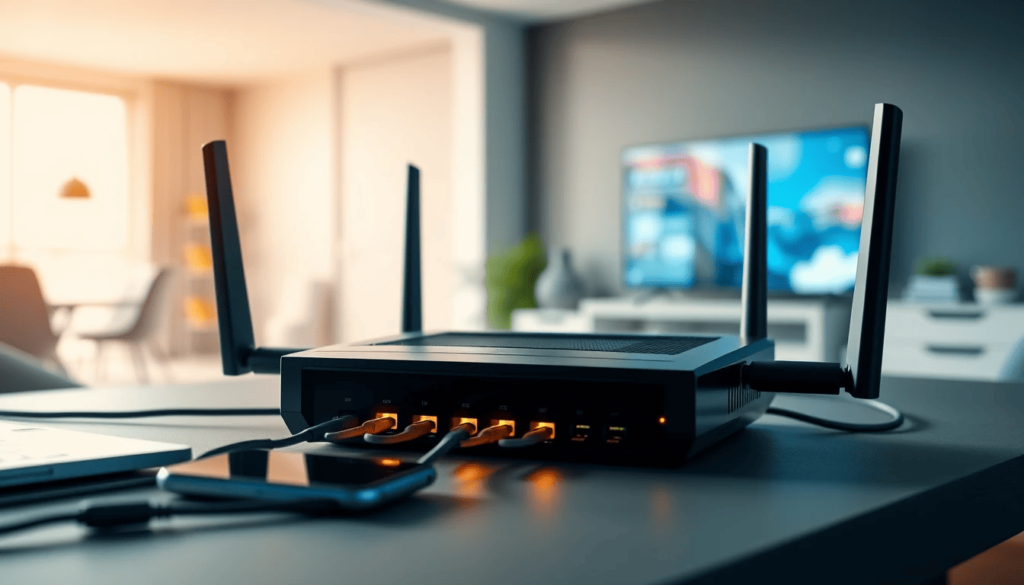What is a MAC address?

A MAC address (Media Access Control address) is a unique identifier assigned to network interfaces for communication on a network. It is a hardware address that helps in identifying devices on a local network. Each MAC address is unique to the device and consists of 12 hexadecimal digits.
Understanding what a MAC address is and how it functions is essential for various networking tasks, such as troubleshooting and network configuration. This article will explore several aspects of MAC addresses, including how to find them, their types, and their significance in networking.
How do I find my MAC address?
Finding your MAC address varies depending on the operating system you are using. Here are steps for different platforms:
- Windows: Open the Command Prompt and type
getmacoripconfig /all. Look for the "Physical Address." - Mac: Go to System Preferences > Network, select your network interface, and click on "Advanced." The MAC address will be listed there.
- Linux: Open a terminal and type
ifconfig. The MAC address will appear next to "HWaddr." - iPhone: Go to Settings > General > About. The MAC address is shown as "Wi-Fi Address."
- Android: Access Settings > About Phone > Status. The MAC address will be displayed in the Wi-Fi MAC address section.
Consulting the specific device documentation can also provide guidance on locating the MAC address, ensuring you have the correct information.

What is a MAC address example?
A typical MAC address is represented in six groups of two hexadecimal digits, separated by colons or hyphens. For example, a MAC address may look like 00:1A:2B:3C:4D:5E or 00-1A-2B-3C-4D-5E.
This format is used universally, and each segment represents 8 bits, making up a total of 48 bits for the entire address. The first half of the address identifies the manufacturer, while the second half identifies the specific device.
For instance, if a device’s MAC address is 00:1A:2B:3C:4D:5E, it indicates that it is produced by a manufacturer assigned the identifier 00:1A:2B by the IEEE (Institute of Electrical and Electronics Engineers).
What is a MAC address used for?
A MAC address serves several critical functions in networking:
- Device Identification: It uniquely identifies each device on a local network, allowing for proper data transmission.
- Network Security: MAC addresses can be utilized in network access control lists, allowing administrators to restrict access to certain devices.
- Data Link Layer Communication: MAC addresses operate at the data link layer of the OSI model, facilitating communication between devices.
- ARP Functionality: The Address Resolution Protocol (ARP) uses MAC addresses to map IP addresses to the correct hardware addresses.
Understanding these functions is vital for anyone working in networking or managing networked devices.
What does MAC address stand for?
MAC stands for Media Access Control. This term refers to the protocol used for managing how devices on a local network communicate with one another. The MAC address serves as a unique identifier for each device, ensuring that data packets reach their intended destination.
The Media Access Control layer is part of the data link layer in the OSI model, responsible for node-to-node data transfer. This ensures smooth communication between devices connected to the same local network.
By regulating access to the network, the MAC address plays a crucial role in maintaining the integrity and performance of network communication.
What is MAC address in WiFi?
In a WiFi network, a MAC address is essential for identifying devices that connect to the wireless access point. Each wireless device, whether a computer, smartphone, or printer, is assigned a unique MAC address at the factory.
When a device attempts to connect to a WiFi network, the router uses the MAC address to authenticate the device and facilitate communication. This identification helps in managing the devices connected to the network, enhancing security and performance.
Moreover, network routers can utilize MAC addresses to implement filtering rules, allowing or denying access to specific devices based on their MAC address.
What is the difference between a MAC address and an IP address?
The primary difference between a MAC address and an IP address lies in their purpose and scope within the networking context:
- Scope: A MAC address is a unique identifier assigned to a network interface controller, while an IP address identifies a device’s location on a larger network.
- Layer: The MAC address operates at the data link layer (Layer 2) of the OSI model, whereas the IP address functions at the network layer (Layer 3).
- Changeability: MAC addresses are typically fixed and unique to the hardware, while IP addresses can change based on the network to which a device connects.
Understanding these differences is crucial for anyone managing networks, as both addresses serve distinct yet complementary roles in network communication.
What are the types of MAC addresses?
There are three primary types of MAC addresses:
- Unicast: This type of MAC address identifies a single device on the network. Data sent to a unicast address is intended for only that specific device.
- Multicast: A multicast MAC address allows data to be sent to multiple devices simultaneously. This is useful for group communications.
- Broadcast: A broadcast MAC address sends data to all devices on a local network segment. It is often used for network discovery protocols.
Each type serves a unique purpose in networking, enabling efficient communication between devices. Understanding these types helps in effectively managing and configuring network systems.

Deja una respuesta